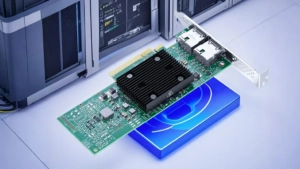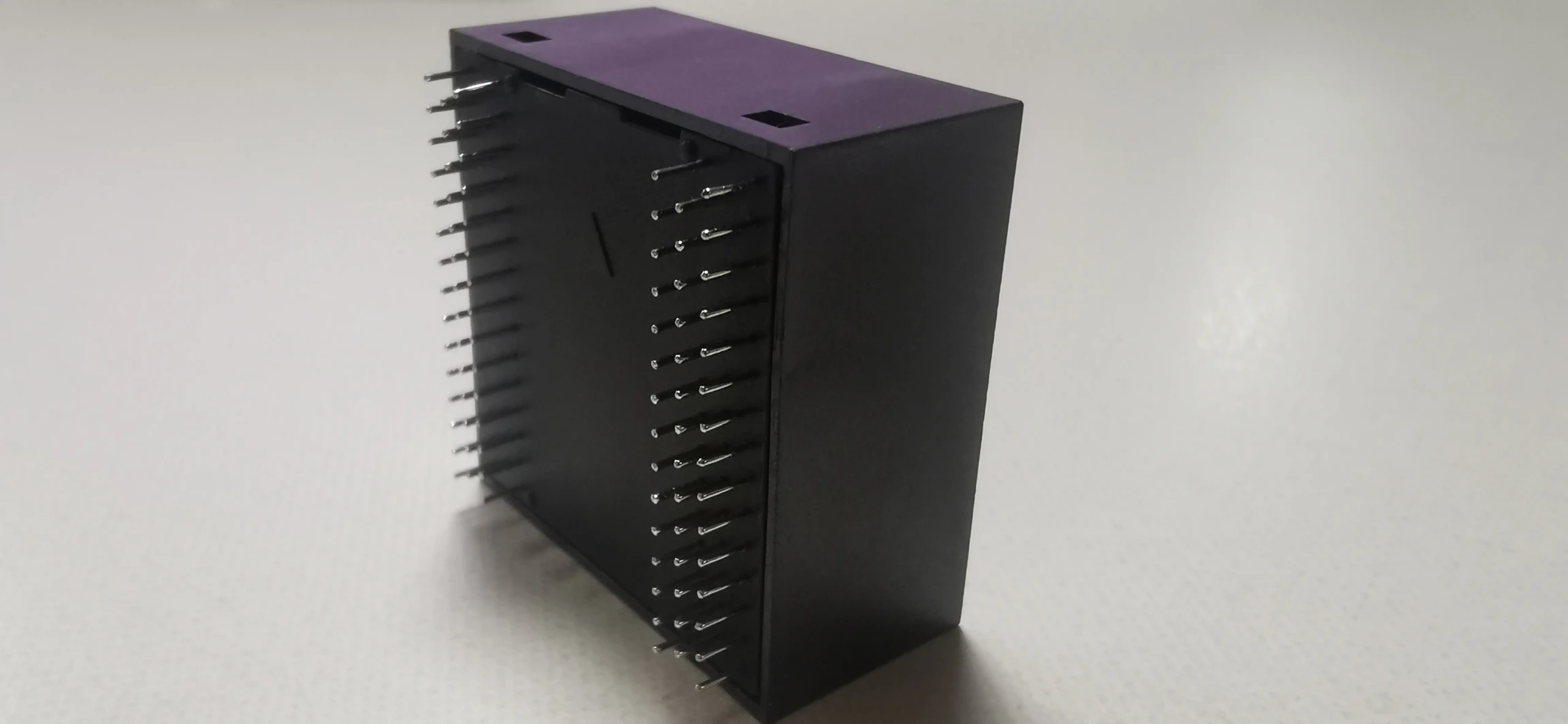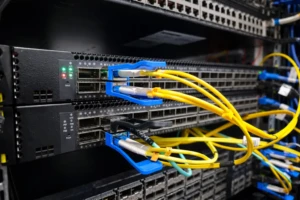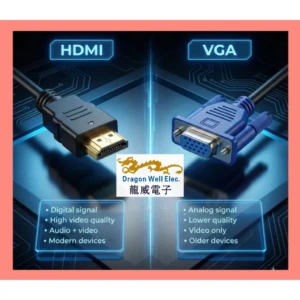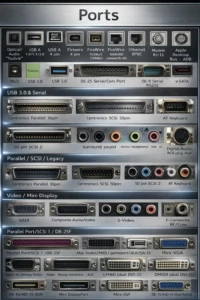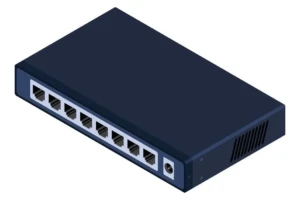In an age where seamless connectivity defines our personal and professional lives, this unsung hero of the digital symphony is often overlooked: the modest RJ45 Ethernet Jack. Although wireless technology dominates consumer conversations, demanding reliability, speed and accuracy (whether streaming 8K video, managing smart homes that connect to devices, or ensuring sensitive data) can understand the irreplaceable value of wired connections. At the heart of this robust connectivity is an engineering miracle worth checking.
Precise anatomy: What exactly is the RJ45 connector?
RJ45 (registered jack 45) is often mistaken for its phone line cousin (RJ11) as the gold standard for Ethernet networks. This compact modular connector features eight pins arranged in precisely staggered configurations and is wrapped in durable plastic sheaths. Its design is deceptively simplistic: Jack’s internal gold-plated contacts ensure minimal signal loss, while its locking tab provides a safe, vibration-resistant connection – a critical environment that requires the environment from home theater to industrial control systems.
The legacy of evolution: from cat5 to cat8
The versatility of the RJ45 is derived from its ability to develop with the demands of technology. Today’s Ethernet jacks comply with standardization "category" Define performance:
- cat5e: The basic standard that supports 1 GBPS is more than 100 meters, and is still very common in older systems.
- CAT6/6A: Designed for 10 Gbps performance and improved shielding against electromagnetic interference (EMI), for smart homes with dense IoT ecosystems.
- CAT7/8: Pushing the boundary with speeds of 25-40 Gbps and 2 GHz bandwidth, these shielded connectors have advanced noise cancellation, making it essential for data centers, 8K video production and high-frequency trading platforms.
Crucially, while the RJ45 jack remains backward compatible in category, achieving rated speeds requires coordination of cable, jack and termination technology, a nuance that is often overlooked in DIY installations.
Termination Art: T568A and T568B and its Important Reasons
Inside each RJ45, Jack has a color-coded roadmap: T568A and T568B wiring standards. These specifies a sequence of connecting eight internal wires (twisted into four pairs) to the connector pins. Although the T568B is dominant in commercial facilities, the T568A is preferred in government networks, a distinction rooted in historical telecommunications standards.
Key insights? Consistency is the king. A standard mismatch between the ends of the cable will result in cross-border configurations and unintentional defense performance. For enthusiasts or professionals who deploy high-end AV systems, improper termination will introduce crosstalk or impedance mismatch, manifested as signal degradation or latency, which cannot be understood in an accuracy environment.
Beyond the Internet: The Unexpected Role of RJ45
RJ45’s utility goes beyond traditional data networks. With power from Ethernet (POE) technologies like IEEE 802.3BT, these jacks now deliver 90W of power along with data, allowing everything from boutique security cameras to avant-garde LED LED lighting systems to blend everything without messing up space with inappropriate adapters. In a luxurious smart home, the invisible RJ45-backhaul network network ensures flawless 4K flow in every room, while industrial designers utilize a rugged, shielded variant for machinery that operates under extreme conditions.
Installation Mastery: Avoid traps
For those who start customizing the installation, the focus on detail separates adequacy from excellence:
- Tool quality: Inexpensive crimp joint deformation contact; precise tools ensure cleaning termination.
- Blocking integrity: For CAT6A and above, keep continuous foil or braided shielding – any violation will be invited to EMI.
- Strain relief: Securing the cable jacket in the connector prevents premature wear.
- Future protection: Consider using the new facility’s CAT6A to suit the next generation needs.
The future of RJ45: Innovation is in line with tradition
Critics predict that the demise of RJ45 underestimates its adaptability. Emerging trends include:
- Miniaturize: Ultra-compact jacks for space-constrained applications such as drones or wearable technologies.
- Reinforcement materials: Gold-plated cabinet copper contact minimizes oxidation of life in high humidity environments.
Make 200Gbps transmission over copper.
Why connectivity excellence is crucial
In luxury buildings or custom-made automotive interiors, visible components must be married to form and function. Brush – Metal RJ45 panels or custom color jacks (tolerance measured in microns) blend high-end environments without sacrificing performance. The lesson here is universal: when every microsecond and a thousandth of a thousand count, mediocrity is an option.
At the forefront of this precision revolution, pioneers like Dragon Well Electronics will rigorously merge with agile innovation for decades. By mastering the micro-complexity of contact geometry and dielectric materials, they enable the industry to redefine what is possible – a flawless connection.
Essentially, RJ45 Jack represents not only the Internet portal. This proves how careful engineering can improve the daily experience. For those who are reluctant to compromise (whether designing flagship retail spaces or planning private technology shelters), they think these fundamentals are more than just technical diligence; it is the perfect art.

